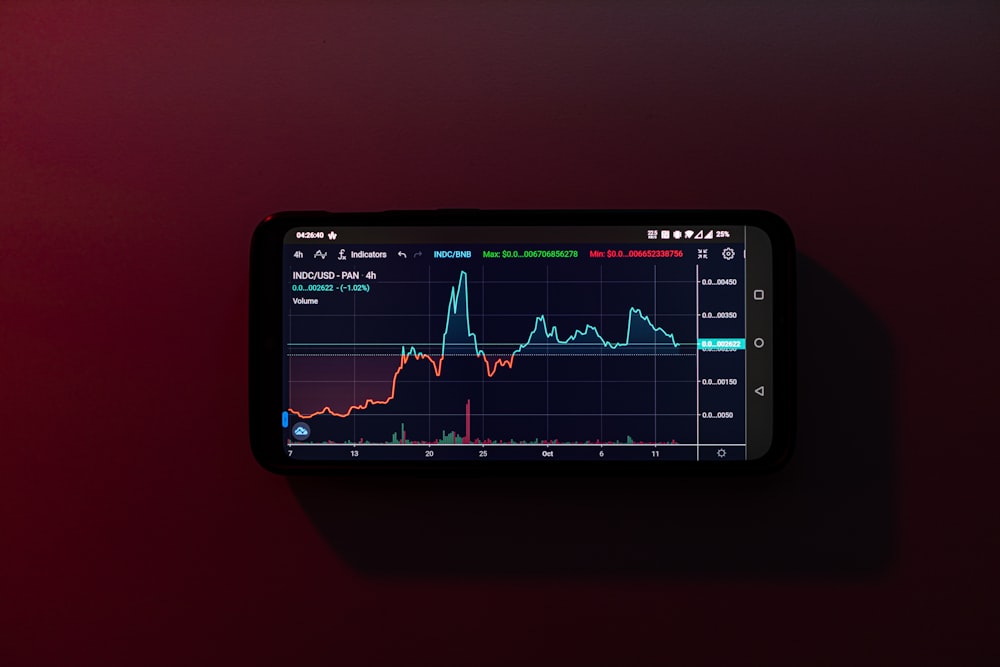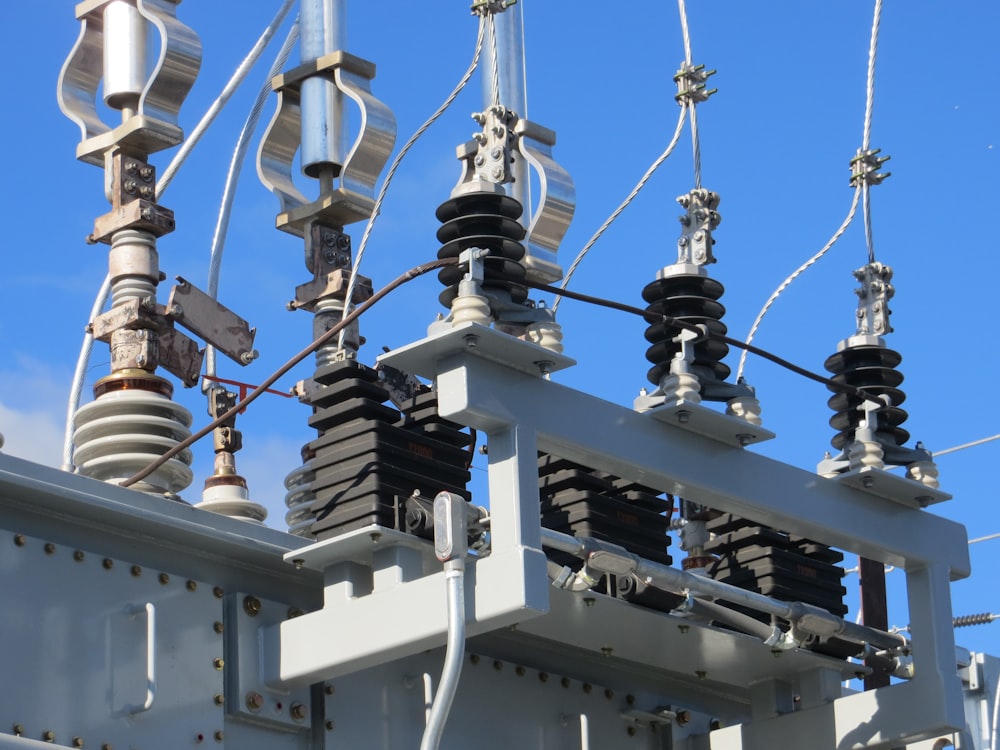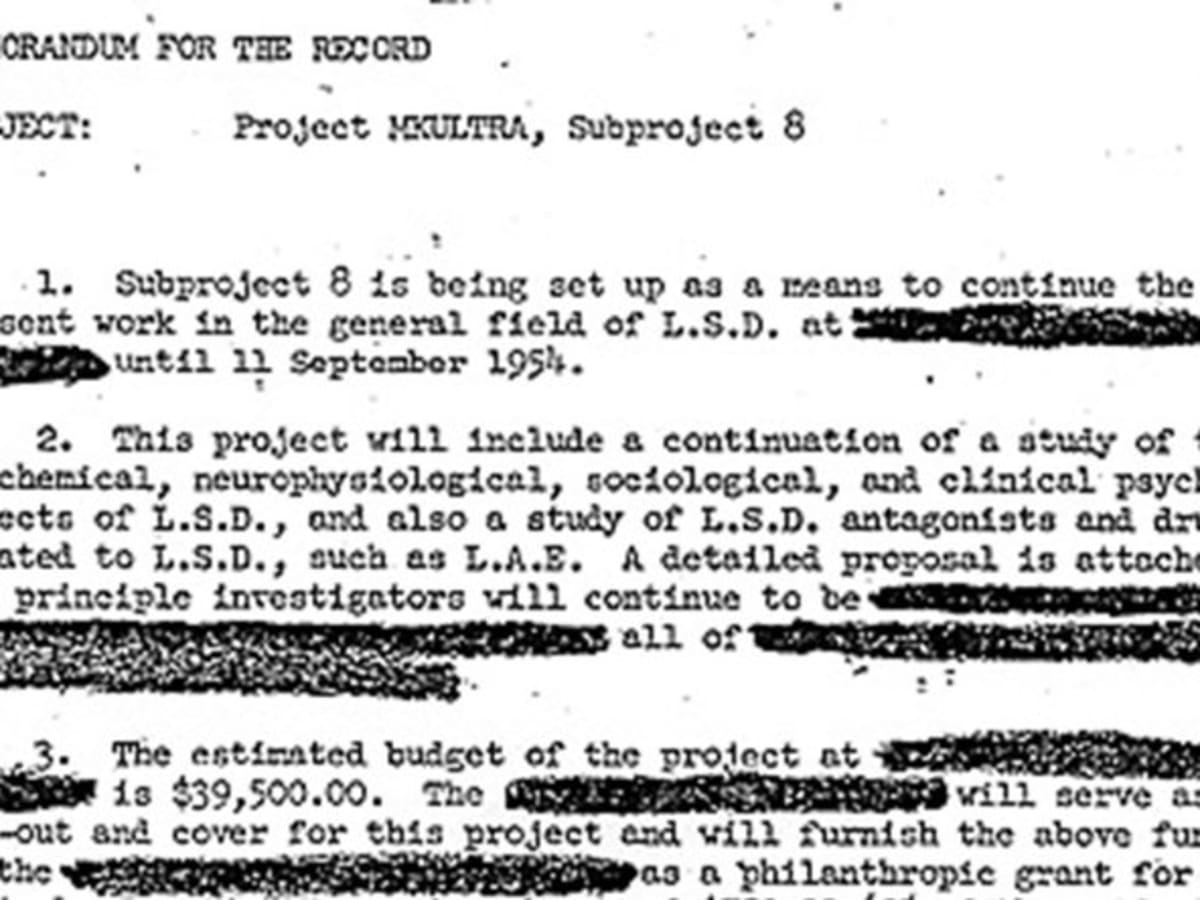
Unraveling Cryptographic Verifiable Delay Functions (VDFs)
Cryptographic Verifiable Delay Functions (VDFs) are an intriguing facet of modern cryptography, serving as a key element in enhancing security protocols. Understanding their significance, mechanics, and applications is essential for anyone navigating the complex landscape of cryptographic technologies.
The Essence of Verifiable Delay Functions
At their core, Verifiable Delay Functions introduce a time-delay element into cryptographic processes. Unlike traditional cryptographic functions that aim for quick computation, VDFs intentionally slow down the verification process. This deliberate delay plays a crucial role in various cryptographic applications, from blockchain consensus mechanisms to secure randomness generation.
Mechanics of VDFs: Adding a Time Element
1. Computational Intensity
VDFs are designed to be computationally intensive, introducing a deliberate delay in the calculation process. This complexity ensures that the computation takes a specific amount of time, providing a verifiable delay that is challenging to manipulate or expedite.
2. Proof of Time*
The concept of “proof of time” is central to VDFs. Participants in a cryptographic network must prove that they have invested a specific amount of time in the computation. This proof is crucial for achieving consensus in blockchain networks and preventing the manipulation of timestamps.
Applications in Blockchain Technology
1. Secure Randomness Generation
VDFs play a crucial role in generating secure randomness within blockchain networks. The intentional delay in computation ensures that the generated random numbers are not influenced by any party, enhancing the overall security of cryptographic systems.
2. Consensus Mechanisms*
In blockchain consensus mechanisms like Proof of Stake (PoS) or Proof of Space-Time (PoST), VDFs contribute to the fairness and security of the system. The time-delay element introduces a level playing field, preventing participants from gaining undue advantages through faster computation.
Challenges and Innovations in VDFs
1. Balancing Security and Efficiency
One of the challenges in implementing VDFs is finding the right balance between security and efficiency. While the deliberate delay enhances security, it must not compromise the overall performance of the cryptographic system. Ongoing research aims to optimize this balance.
2. Continuous Evolution*
The field of cryptographic VDFs is continually evolving. As new cryptographic challenges emerge, researchers and developers work on refining and innovating VDFs to address these challenges. This iterative process ensures that VDFs remain resilient against evolving threats.
Cryptographic Verifiable Delay Functions (VDFs): A Link to Enhanced Security
For a deeper exploration of Cryptographic Verifiable Delay Functions (VDFs) and their applications in modern cryptography, visit Cryptographic VDFs. This comprehensive resource provides insights, use cases, and the latest developments in the realm of cryptographic delays.
In conclusion, the deliberate introduction of time delays in cryptographic processes through Verifiable Delay Functions adds a layer of security that is vital in contemporary cryptographic applications. From blockchain consensus to secure randomness, the intentional delay introduces a new dimension in cryptographic protocols, contributing to the ongoing quest for enhanced digital security. Embracing and understanding the role of VDFs is pivotal for staying at the forefront of cryptographic advancements.














